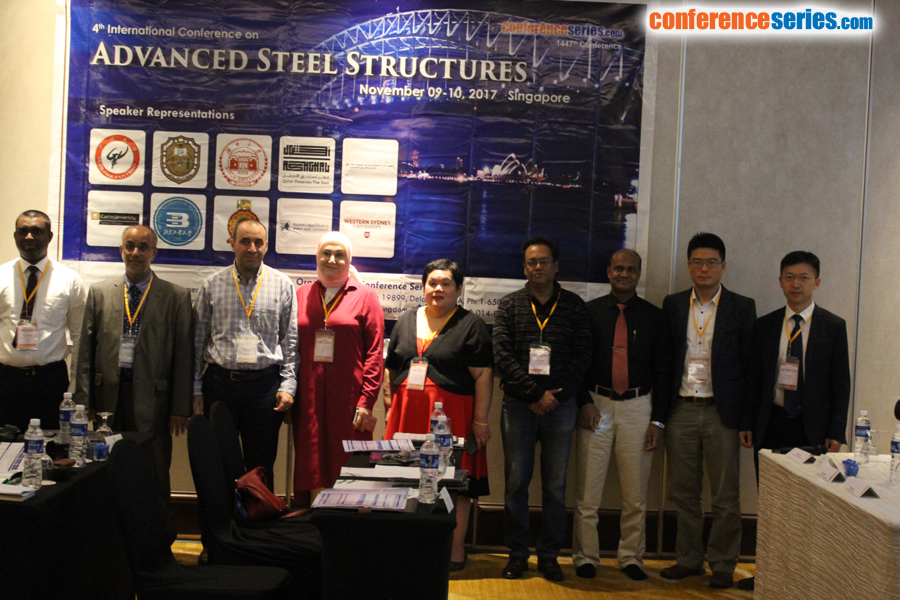
Xudong Qian
National University of Singapore, Singapore
Title: Fracture analysis and assessment: From materials to large-scale steel structures
Biography
Biography: Xudong Qian
Abstract
Fracture failure has emerged as one of the most common failure modes in modern large-scale steel structures subjected to cyclic or extreme loads caused by artificial or environmental actions. The integrity assessment of the fracture requires a detailed understanding on the material level fracture resistance. However, the scalability between the material fracture toughness and the fracture resistance in the structural component imposes a critical barrier the fracture assessment and representation in large-scale steel structures. This study first embarks on the innovative approaches to reveal the material fracture resistance, characterized by the material J-R curve, through the experimental approach or the experimental-computational hybrid method. These material level investigations cover the non-conventional specimens including the mixed-mode fracture specimens, surface-cracked specimens and circumferentially welded pipes. Coupling the material fracture resistance curve and the extended η-approach, this study proposes a practical method to embed the material J-R curve in the load-deformation relationship of the critical welded connection, to describe phenomenologically the effect of ductile crack extension and the subsequent unstable fracture failure on the load resistance of the welded joint. The validation of the proposed approach covers two different levels: (1) the true-scale welded connection and (2) large-scale steel frames. The fracture modified load-deformation response predicts successfully the experimentally measured load-deformation response of the high-strength steel welded joints accompanied by ductile crack extension and final brittle failure. Incorporating the fracture-modified load-deformation response in a global frame analysis allows accurate prediction on the global frame response with progressive fracture failure.




